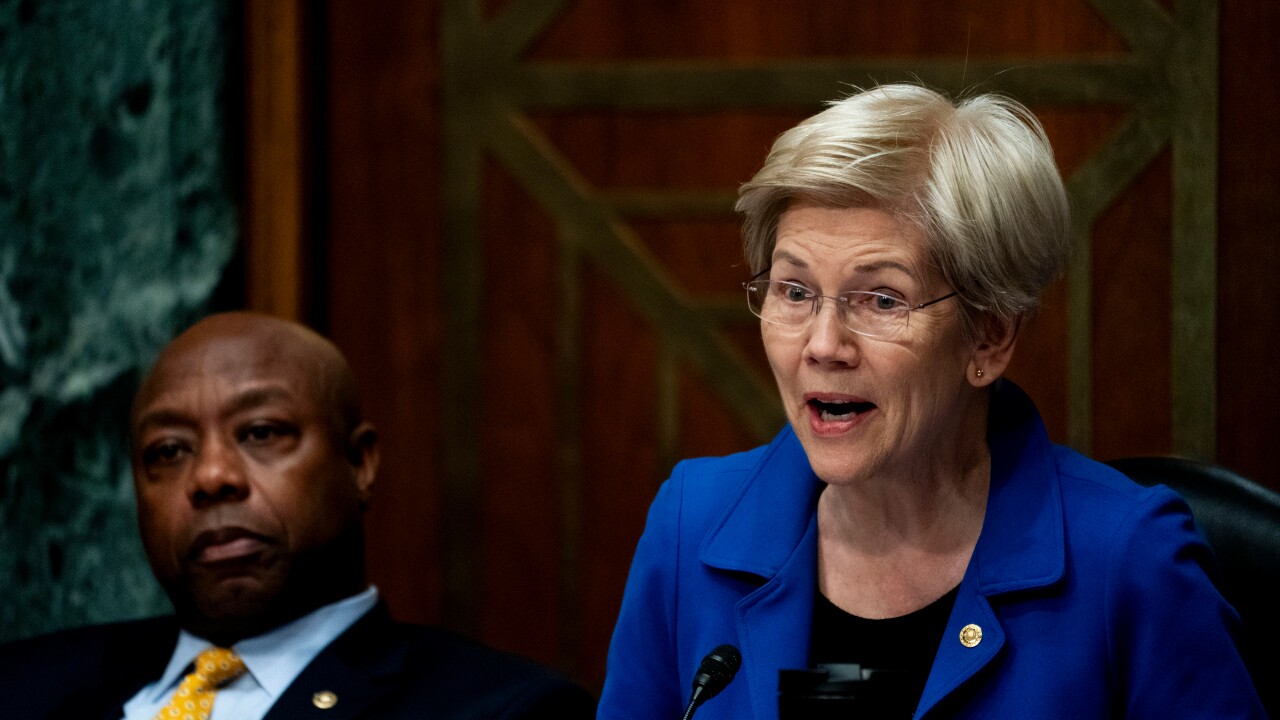The next round of earnings calls could provide a better understanding the toll that the
Credit exposure, especially to hard-hit industries, will be closely watched, along with the lost revenue tied to the
To be sure, a lot can change in the next few weeks. Much of that will depend on the spread of the virus, as well as the final details of
“We’re all, for some time, going to be getting our arms around the prolonged impact of this,” said Damon DelMonte, an analyst at Keefe, Bruyette & Woods. “But with businesses closed and layoffs rising, there will be loan losses and big challenges ahead.”

Expect more questions during conference calls to focus on the rest of 2020 rather than review of what happened in the quarter that is drawing to a close. There will be a push for details on current exposure to industries — such as restaurants, retailers, airlines and hotels — that have been hit hard by the pandemic.
Hotels, for instance, had an “unprecedented” drop in revenues and occupancy for the week that ended on March 21, according to a report from data firm STR. Revenue per available room fell by nearly 70% from the same week a year earlier, to an average of $28.32. The average occupancy rate of 30.3% was off by 56.4% year over year.
“At a minimum … banks will see delayed payment requests over a meaningful portion of their hotel portfolio with internal downgrades [and] higher provisions likely,” the research team at Stephens wrote in a recent note to clients.
Energy lenders could prove vulnerable as oil-and-gas clients struggle with waning demand and plunging prices.
As problems intensify, a second wave of credit issues could build as service businesses ranging from hair salons to dental practices grapple with the impact of shelter-in-place policies and postponed appointments, and as some manufacturers struggle with falling demand.
Such developments, much of which hinges on the final version of the stimulus bill, would mark a stark reversal from the stellar credit quality that banks have enjoyed in recent years.
“We’re pretty close to a complete shutdown at this point” across multiple industries, said James Bradshaw, an analyst at Bridge City Capital. Unprecedented government intervention “pretty much has to happen.”
Concessions to borrowers and depositors such as 90-day payment deferments, 0% credit lines and widespread fee waivers will likely cut into revenue that was already pressured by the Federal Reserve’s decision to cut
“Banks are doing the right things, but they’ll have to live with weaker earnings as a result,” said Charles Wendel, president of Financial Institutions Consulting.
Countering that pressure with loan volume will be difficult.
The operating environment “has quickly become one of the most challenging … in decades,” Piper Sandler’s research team wrote in a recent report. The analysts expect median core earnings per share to fall by 13.4% in the first quarter from a quarter earlier.
“The key question that no one knows the answer to is, what is the depth and duration of this current downturn?” the Piper Sandler team wrote. “We believe [first quarter] results will show the early signs of weaker loan growth prospects, more significant [margin] pressures and the start of higher [provisions] with credit deterioration underway.”
“Banks can
“The market took banks to the woodshed … and things are going to be rough for a while,” Bolton added.





